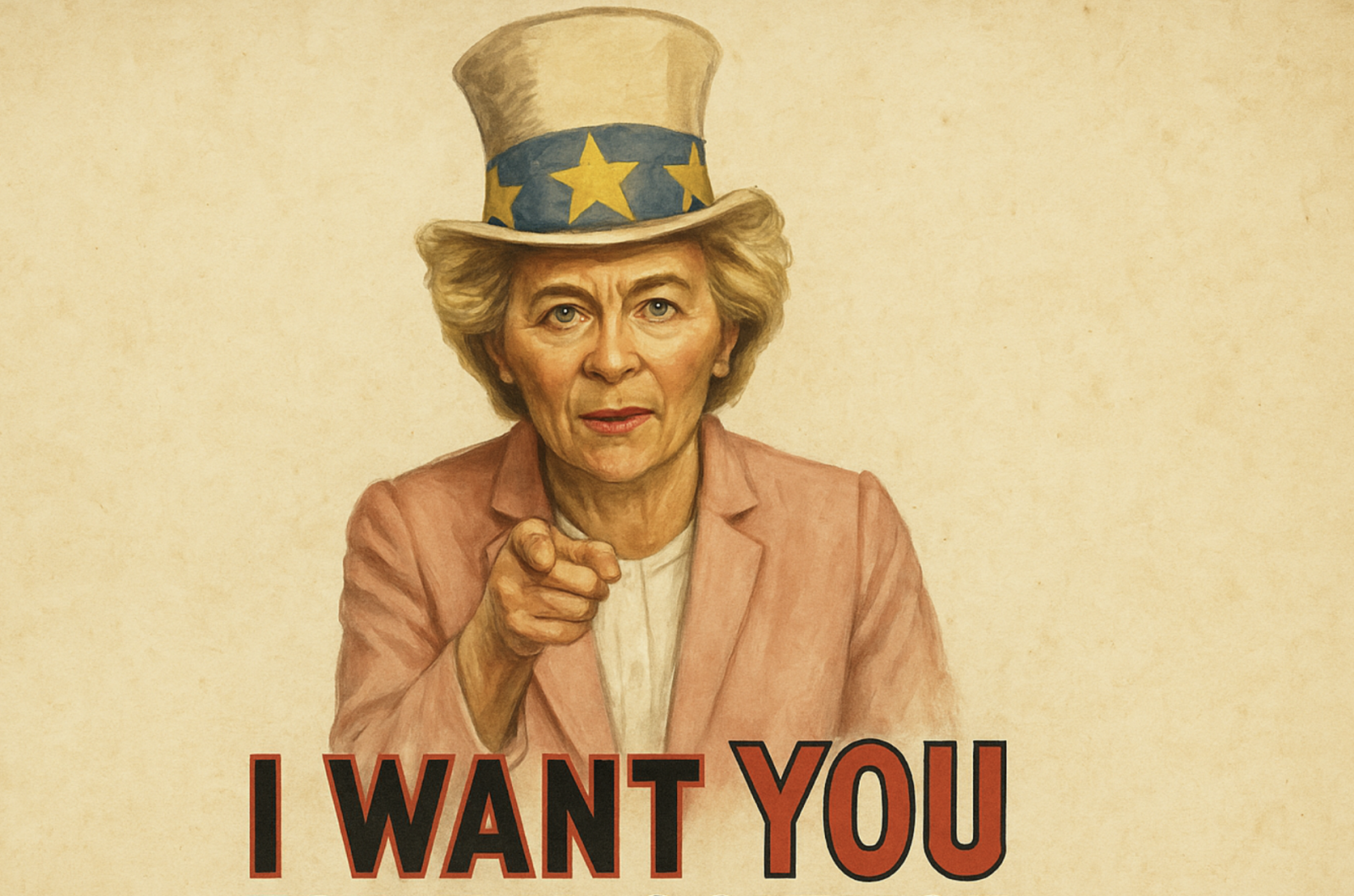Circa 200 persone (scienziati ed esperti nucleari) di una quarantina di Paesi hanno partecipato alla Pugwash Conference on Science and World Affairs che trae il nome dal villaggio in cui si tenne la prima riunione nel 1957, in seguito all'appello-manifesto di due anni prima lanciato da personalità eminenti come Albert Einstein e Bertrand Russell. Pubblichiamo il testo integrale del documento approvato.
“Let Nagasaki be the Last”, un nuovo appello per il disarmo nucleare



